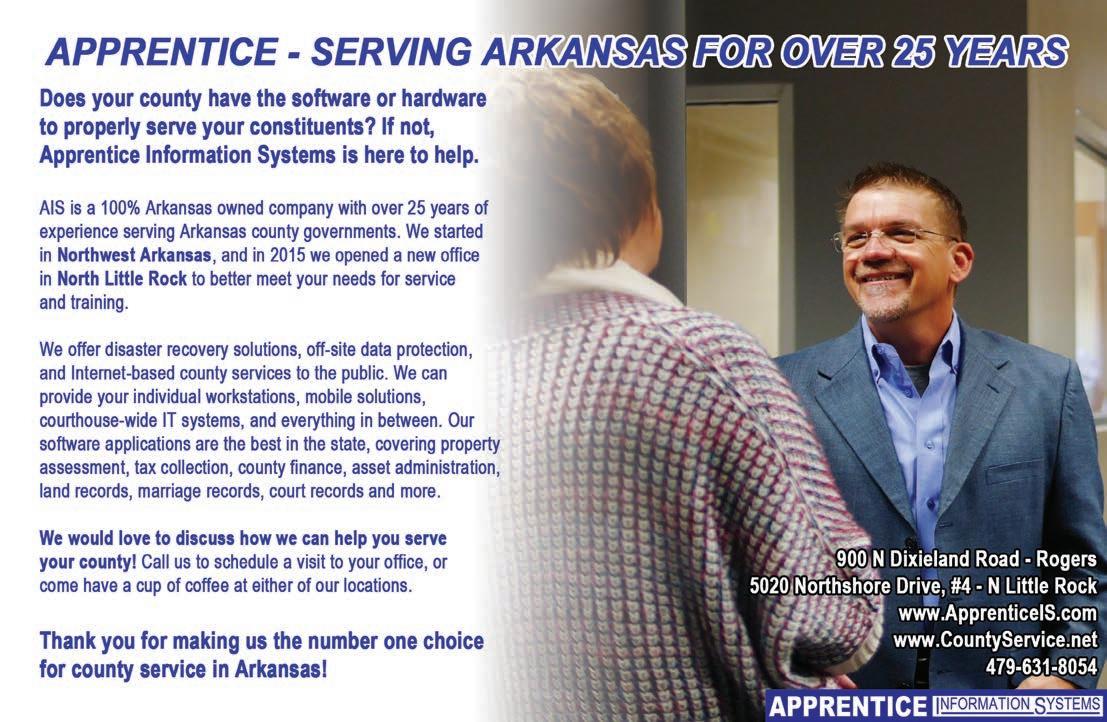
5 minute read
Savings Times 2
Don’t just sit there!
Savings times 2
The word seems to be out about the dangers of prolonged sitting. The Jan. 9, 2017, issue of the NACo County News includes an article titled “These Boots are Made for ... Standing.” The first sentence of the article reads, “Sitting is the new smoking.” These words will get your attention if you, like many of us, are required to sit at a desk the majority of your working day.
According to Dr. James Levine from the Mayo Clinic, “Research has linked sitting for long periods of time with a number of health concerns, including obesity and metabolic syndrome — a cluster of conditions that includes increased blood pressure, high blood sugar, excess body fat around the waist and abnormal cholesterol levels. Too much sitting also seems to increase the risk of death from cardiovascular disease and cancer.”
Health professionals say that the solution is simple and straightforward ... sit less and move more. But how can county folks make that happen based on the requirements of their jobs?
One option is to use standing desks. Pulaski County Treasurer/ Collector Debra Buckner purchased two standing desks about a year ago for people in the Department of the Collector’s Data Processing Department. These desks can be raised and lowered to accommodate alternating between standing and sitting. Kim Leubner, computer coordinator, says that she alternates between standing and sitting for about an hour at a time. She also reports that with the double monitors and other equipment on the desk, it is a bit difficult to raise and lower, even with the built in hydraulic assistance. Furthermore, Kim found standing more comfortable with the addition of a floor mat. She finds sitting for long periods of time is painful to her back. Kim is grateful for the addition of this desk and feels it can be an asset for anyone that has to sit for long periods of time. Pulaski County’s David Johnston, hardware analyst, has tried a similar desk. The equipment he has makes it too heavy to raise and lower the desk frequently, so he does not use the standing option. Consequently, his desk will be moved on to someone else that would like to give it a try. These drawbacks and solutions experienced first hand by employees in the Pulaski County Collector’s Office are brought to light in the NACo article as well: “Raising and lowering the surface may be difficult for employees with arm, shoulder, elbow and back restrictions, or for employees who are below a certain height.” NACo continues, “Another possible complication of standing desk introductions is the need for other equipment. In addition to the desk itself, the employee might now need a longer monitor cord, a wireless mouse and keyboard, a longer phone cord, and a different floor mat on which to stand.” Buckner’s solution is on target according to NACo, “One possible solution is to have a trial standing desk, where employees use the desk for a month and see how much they choose to stand, if
Wallet & waistline
Becky Comet AAC Member Benefits Manager
Kim Leubner, computer coordinator in the Pulaski County Collector’s
office, uses a standing desk that allows her to alternate between standing and sitting. Health professionals have said that sitting for extended periods of time causes a number of health issues, including obesity and increased risk of death from cardiovascular disease and cancer.


they can manipulate the desk and whether they like the workstation on a day-to-day basis.”
Buckner says, “I’m looking for success with a single monitor that’s narrower and lighter. This is what most county employees need. Sitting for hours on end is so bad for all of us. I want to do all I can to contribute to the health and wellness of our employees.”
Understandably, not all counties can purchase standing desks for their employees. There is no one-size-fits-all answer when it comes to combatting the issues that come with prolonged sitting. Cornell University suggests that a combination of sitting and standing is ideal. Other health professionals recommend not just standing for long periods of time, but movement is more helpful in counteracting the effects of sitting. The NACo article weighs in saying, “Perhaps part of the solution might be as easy as getting up every 30 minutes to walk to the copier, get a file out of a filing cabinet, walk to a meeting or walk over to collaborate with a colleague. Encourage employees to take a minute to stretch and to adjust the distance of their vision focal point. This solution is free, after all.”
Personally, I use part of my lunch time to take a short walk outside around the state Capitol. However, the unpredictable winter weather has made that a bit difficult. So I have started getting up and taking a quick lap around the inside of the AAC building, including up and down stairs, once about every 90 minutes. It only takes about two minutes, but it is just enough to get my blood pumping a bit and work out the kinks from sitting. It also clears my head, helps me stay on task, be more productive, and best of all, it is free.
Our health is much too valuable to put at risk by sitting too much. When we were children our mothers told us to get up, go outside, and play. I am sure many of us would like to be able to take mom’s advice. Although the ‘go outside and play’ part of the command may not be feasible as adults, the ‘get up’ part certainly is. Whether you have a desk that can be raised and lowered, a desk built around a treadmill, or just a minute or two to stretch and walk a few steps, the prescription to better health remains the same ... don’t just sit there!




